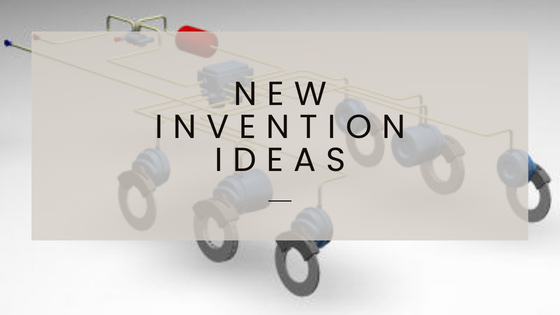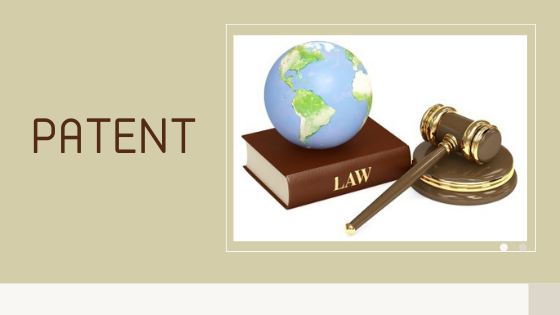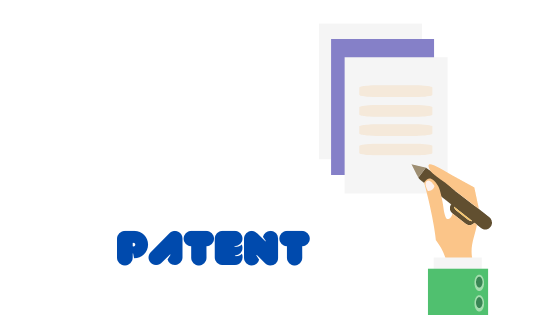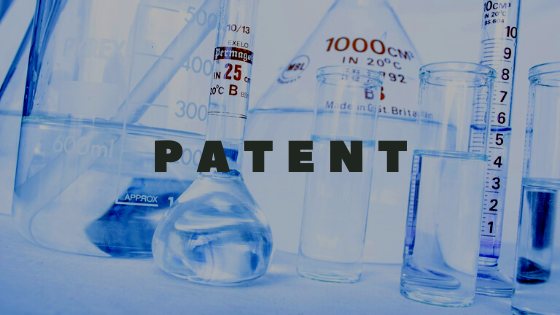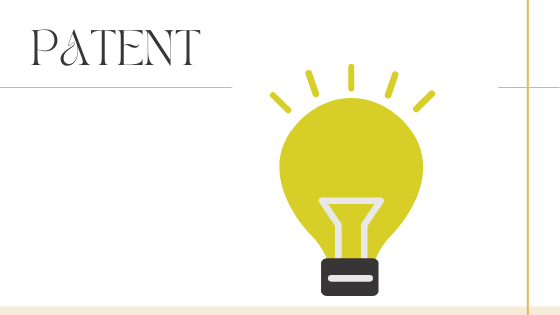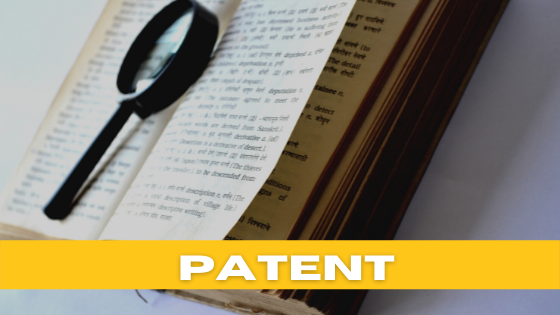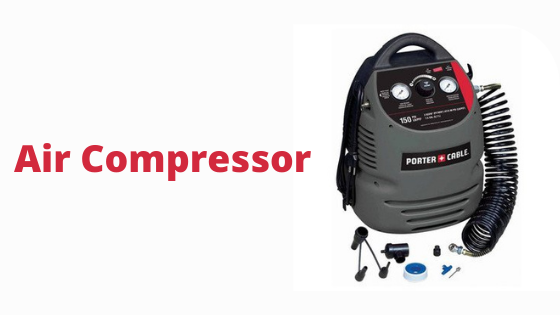In our journey towards a sustainable lifestyle, the 10KW Solar Cell Set emerges not only as an environmentally friendly option but as a comprehensive power source for all modern needs. It’s perfect for those wondering just what sorts of everyday items can be run using solar energy. With this set, you’re looking at a robust system from Solar by Personet capable of powering a vast array of household and business appliances with ease.
Practical Applications: What Can You Power?
The true power of the 10KW Solar Cell Set comes to light when we consider its practical applications. โซล่าเซลล์ 10kw ใช้ได้หลายอย่าง. This system can seamlessly integrate with a variety of electrical appliances, whether it’s a fan, air conditioner, refrigerator, television, washing machine, or a host of other household items. But how much can it truly handle? To understand the capacity of this solar cell set, we must analyze the power usage of typical appliances.
Appliance Power Usage Demystified
For instance, consider a standard refrigerator, which typically consumes around 150 watts per hour (w/hour). With the 10KW Solar Cell Set producing a hefty 10000 watts, the math is simple: approximately 66 refrigerators can be powered for an hour with this energy output.

Real-World Estimates: Understanding the Capacity
But let’s broaden the scope. Here are some estimates demonstrating the impressive ability of the 10KW Solar Cell Set to power common appliances within an hour:
- Refrigerators: You can keep a cool 60-70 units running.
- Washing Machines: Get 50-70 units working through the laundry.
- Computers and Laptops: Power up productivity with 90-110 units.
- LED Bulbs: Light up a space with 700-900 bulbs.
- Fans: Create a breeze for 70-90 units.
- Televisions: Entertain with 70-90 units.
- Microwave Ovens: Heat things up with about 15 units.
- Air Conditioners: Keep it chill with 10-15 units.
A Sustainable Choice for Homeowners and Businesses
These estimates paint an illuminating picture of just how adaptable and robust the 10KW Solar Cell Set is. For modern households, this system can single-handedly cater to their entire electrical appliance needs. It’s an inviting prospect for homeowners aspiring to off-grid living or simply reducing their carbon footprint and electricity bills.
Revolutionizing Business Operations with Solar Power
For businesses, the implications are even more compelling. Small to medium-sized enterprises can ensure that their workspaces are fueled sustainably. This includes powering workstations, keeping products refrigerated, or ensuring that service areas are well-lit and comfortable – all without relying on traditional, non-renewable energy sources.
In Conclusion
These numbers aren’t just hypotheticals, they’re a testament to the capability and power of the solar technologies being developed. Investing in a 10KW Solar Cell Set is more than just an eco-friendly gesture, it’s a declaration of energy independence and a step towards a sustainable future. It demonstrates that day-to-day operations, from flipping a light switch to running a business, can be powered by the sun’s gleaming rays – efficiently, effectively, and sustainably.


